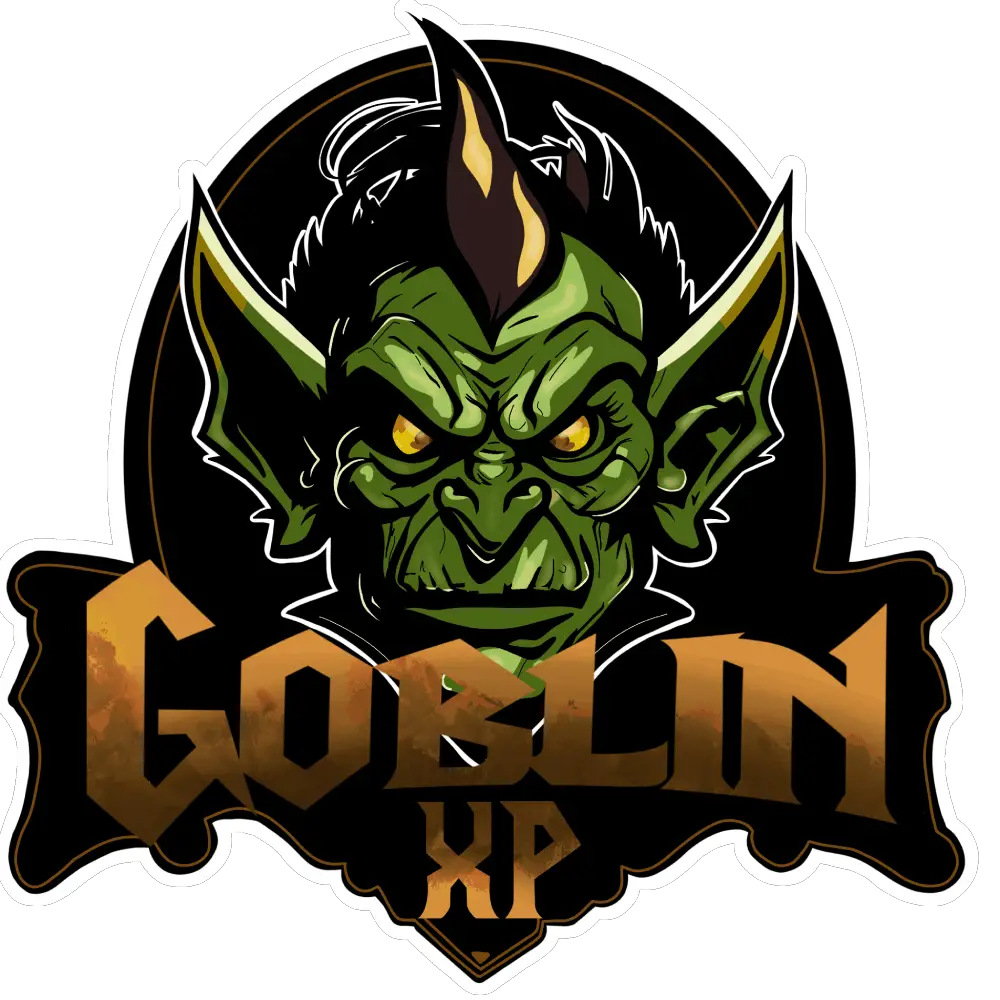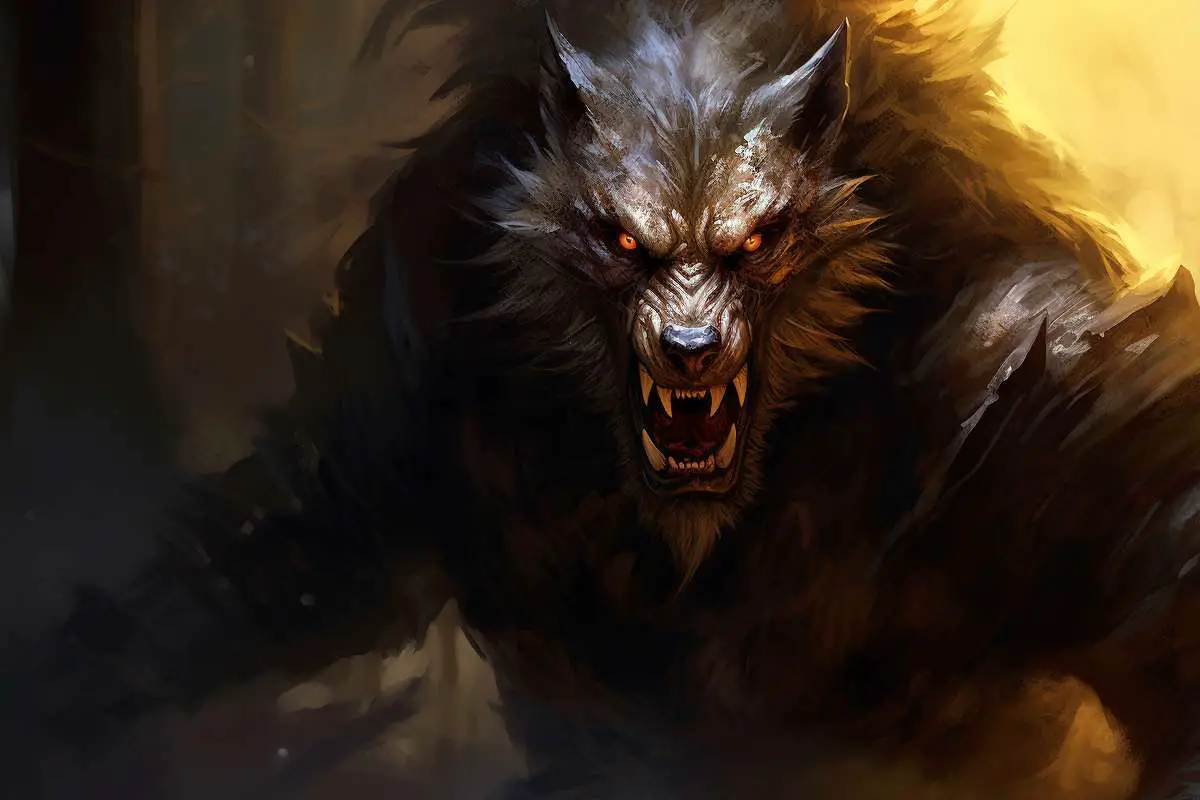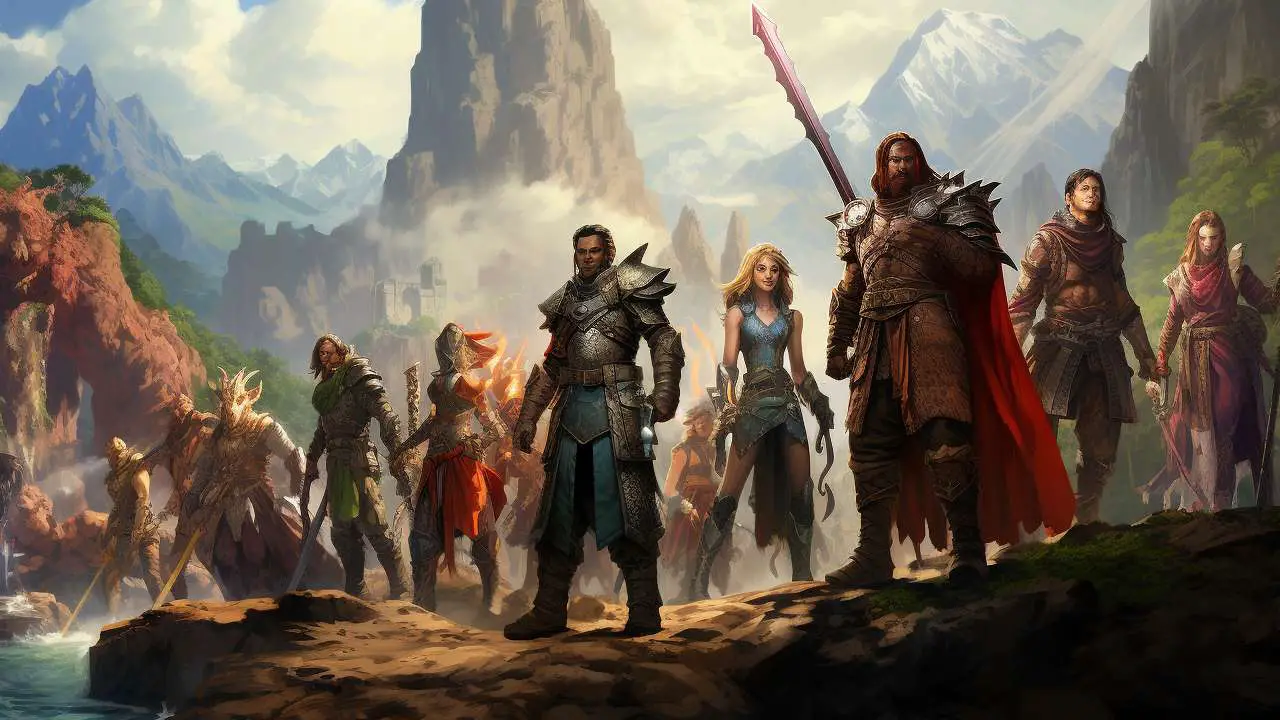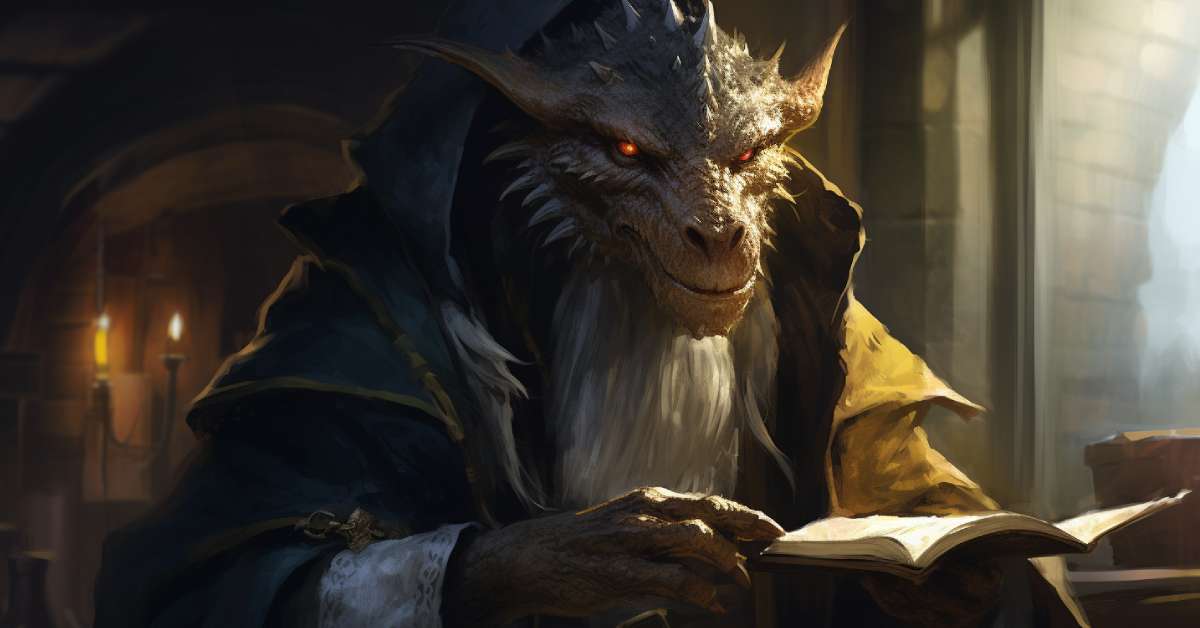
Are you rolling a Dragonborn character for your next D&D 5E campaign? Or maybe you’re a Dungeon Master (DM) weaving a world where Dragonborn play a major role. Either way, you’ve probably asked yourself: How long do Dragonborn live in D&D 5E?
Knowing the lifespan of a Dragonborn isn’t just about numbers on a character sheet. It adds depth to your storytelling, influences character arcs, and gives you clues about Dragonborn society. Stick around as we delve into the fascinating life cycle of these draconic beings.
Why It Matters
- Role-playing Depth: Understanding lifespan adds layers to your character.
- Campaign Planning: DMs can integrate Dragonborn aging into long-term story arcs.
- Cultural Context: Lifespan hints at societal norms and traditions for Dragonborn.
In this comprehensive guide, we’ll explore Dragonborn traits, their unique aging process, and how it all fits into the vibrant world of Dungeons & Dragons. Ready? Let’s dive in!
What Are Dragonborn?
Dragonborn are one of the most captivating races in Dungeons & Dragons. Imagine a humanoid dragon, minus the tail, towering at over 6½ feet and weighing in at around 300 pounds. Yes, you heard right—these guys are massive!
Their physique isn’t just for show; Dragonborn are as sturdy as they look. Strong, talon-like claws equip their hands, giving them a grip you don’t want to mess with. A blunt snout, a dominant brow, and frills at the cheek and ear make their head a masterpiece of draconic evolution. And let’s not forget the crest of horn-like scales that crown their heads like a natural, majestic mane.
Scale Colors and Misconceptions
- Variety of Hues: Scarlet, gold, rust, ocher, bronze, or brown.
- No Direct Link to Breath Weapon: Scale color doesn’t indicate breath weapon type.
- Texture: Fine scales give a leathery texture, with larger scales at key body regions.
Dragonborn scales are a work of art, coming in colors like scarlet, gold, rust, and ocher. You might think that these colors are an indicator of their breath weapon—think again! A Dragonborn with gold scales might breathe acid, while one with brown scales could be spitting fire.
Quick Growth Stats
- Walk Hours After Hatching: Talk about hitting the ground running!
- 10-year-old Human Size by Age 3: They’re not toddlers for long.
- Adult by 15: No prolonged adolescence here.
In terms of growth, Dragonborn are like the prodigies of the D&D world. They walk just hours after hatching and reach the size of a 10-year-old human by the age of 3. Adolescence? They hardly know her! Dragonborn hit adulthood by the age of 15.
So, now that you’re familiar with what a Dragonborn is, let’s dig into the meat of the matter: how do these fascinating beings age?
Dragonborn Traits and Lifespan
When you’re considering a Dragonborn character, the traits they possess are more than just cool features. They’re a glimpse into how these beings age and experience life. Let’s break down some of these traits and see how they’re intertwined with the Dragonborn’s lifespan.
Ability Score Increase: Strength and Charisma
- Strength Increases by 2: Built to last, aren’t they?
- Charisma Increases by 1: Age brings wisdom—and charm.
Dragonborn get a hefty increase in Strength and a moderate bump in Charisma. What does this mean for aging? It suggests that Dragonborn are inherently robust, possibly staying physically vital well into their years. And that Charisma? It could mean they age like fine wine, becoming more persuasive and influential as time goes on.
Age Specifics: From Hatchling to Elder
- Young Age: Walk within hours of hatching.
- Adulthood: Reached by 15 years.
- Average Lifespan: Around 80 years.
The Dragonborn’s unique aging process is a sight to behold. They hit the ground running—literally—walking just hours after hatching. By the time they’re 3, they’ve reached the size and development of a 10-year-old human. And adulthood? They’re there by 15, ready to face the world. Interestingly, they live to be around 80, comparable to human lifespans.
Size and Speed
- Medium Size: Over 6 feet tall, average weight of 250 pounds.
- Base Walking Speed: 30 feet.
Dragonborn are on the taller end of the scale, often standing over 6 feet tall and averaging around 250 pounds. Does size affect aging? Not directly, but it’s worth noting that their physicality could play a role in how well they age. And that base walking speed of 30 feet? It suggests they remain pretty spry throughout their lives.
By now, you’re getting a sense of how Dragonborn traits and aging are interconnected. But there’s more to explore, like how exactly do Dragonborn age, and are there cultural or ritualistic aspects to it?
How Do Dragonborn Age?
So, you’ve got the stats and traits down, but you’re still puzzled about how Dragonborn age. Is it similar to dragons, with a prolonged prime? Or is it more human-like, with the potential for mid-life crises? Let’s delve into the nitty-gritty of Dragonborn aging, drawing on community discussions, theories, and yes, a dash of Dungeon Master discretion.
Dragonborn Aging Milestones
| Life Stage | Age Range | Characteristics |
|---|---|---|
| Hatching | 0-1 | Walk within hours of hatching. |
| Childhood | 2-14 | Reach human 10-year-old size by age 3. |
| Adulthood | 15-59 | Fully mature; ready for adventuring. |
| Old Age | 60-80 | Potential for declining vitality. |
DM’s Choice: Flexibility in Aging
- No Official Rules: 5E doesn’t impose aging penalties.
- Individual Variation: Some Dragonborn could outlive the average.
- Community Insight: Players and DMs have their own interpretations.
First up, the rulebook is pretty silent about aging penalties in 5E, leaving it up to the Dungeon Master’s discretion. This gives you room to play. Maybe your Dragonborn ages gracefully, maintaining strength and vitality until the very end. Or perhaps they follow the average lifespan but could have outliers who live beyond 80.
Community Theories: From Breath to Death
- Breath Weapons and Aging: Does the breath weapon weaken or change?
- Elder Markers: Theories about universal signs of aging, like unique molting.
- Sudden Organ Failure: A theory linking lifespan with the draconis fundamentum.
The D&D community has its own theories. Some speculate that the Dragonborn’s breath weapon might weaken or even change as they age. Others suggest universal markers for aging, akin to the moon eyes of elves. One particularly intriguing idea is that Dragonborn could suffer sudden organ failure, especially related to their draconis fundamentum—the organ responsible for their breath weapon.
Real-World Example: Aging Adventurers
Imagine you’re a player with a Blue Dragonborn character about to turn 60. Given that the average lifespan is around 80, you might start thinking about the mortality of your character. The community’s advice? If your Dragonborn is still fit enough to be adventuring, chances are they’re not croaking from old age anytime soon.
Draconic Ancestry and Aging
So, your Dragonborn has the blood of dragons coursing through their veins. Cool, right? But does that legendary lineage have any impact on how they age? Let’s dig into the concept of Draconic Ancestry and see if it offers any clues or unique quirks when it comes to the aging process of Dragonborn.
List: Types of Draconic Ancestry
- Black: Acid breath weapon.
- Blue: Lightning breath weapon.
- Brass: Fire breath weapon.
- Bronze: Lightning breath weapon.
- Copper: Acid breath weapon.
- Gold: Fire breath weapon.
- Green: Poison breath weapon.
- Red: Fire breath weapon.
- Silver: Cold breath weapon.
- White: Cold breath weapon.
Breath Weapons Over Time
- Constant or Changing?: Do breath weapons evolve with age?
- Damage Resistance: Does it wane or strengthen as Dragonborn age?
One burning question is whether the type of Draconic Ancestry—say, Black for Acid or Blue for Lightning—affects how a Dragonborn ages. While the rulebooks don’t spell it out, it’s a fertile ground for speculation. For instance, does a Dragonborn’s breath weapon evolve as they age? Or perhaps their damage resistance shifts over time? These could be unique role-playing elements for both players and DMs to explore.
Cultural Significance
- Ancestral Tales: Older Dragonborn as keepers of lineage lore.
- Breath Weapon Rituals: Cultural practices involving breath weapons.
Draconic Ancestry isn’t just about combat stats; it has cultural implications too. Older Dragonborn could be seen as the keepers of ancestral tales, linking back to the dragons from which they descend. There might even be rituals involving the use of breath weapons that are only performed by Dragonborn of a certain age or experience.
Theory Meets Gameplay
- Rule Flexibility: DMs can incorporate ancestry-specific aging.
- Unique Scenarios: Special quests or challenges based on Draconic Ancestry and age.
Given the latitude that D&D 5E offers, Dungeon Masters have the creative freedom to weave in unique aging aspects based on a Dragonborn’s Draconic Ancestry. This could lead to special quests or challenges that are specific to an aging Dragonborn’s lineage, offering a rich layer of storytelling and gameplay complexity.
So, while Draconic Ancestry might not explicitly dictate how Dragonborn age, it offers an expansive playground for imaginative storytelling and character development.
Aging Rituals and Cultural Aspects
So far, we’ve dissected Dragonborn traits and delved into the mysteries of their Draconic Ancestry. But what about the cultural tapestry that surrounds Dragonborn aging? Are there rites of passage, rituals, or perhaps even taboos that come into play as these beings grow older? Let’s explore this often-overlooked angle.
Do Dragonborn Have Special Aging Rituals?
- Lack of Canonical Information: Rulebooks are silent on this.
- DM and Player Creativity: Room for creating unique cultural aspects.
- Community Theories: Rituals related to breath weapons or scales.
The official rulebooks don’t offer much in the way of Dragonborn-specific aging rituals. But the absence of canon opens the door to creativity. Dungeon Masters and players can craft unique rites of passage or ceremonies that celebrate different life stages. Some community theories even suggest rituals related to a Dragonborn’s breath weapon or scale molting as they age.
How Dragonborn Society Views Aging
- Clan and Elders: Importance of wisdom and experience.
- Possible Stigmas: Are older Dragonborn seen as venerable or vulnerable?
- Role in Society: From warriors to advisors.
Dragonborn society is often organized along the lines of clans, where elders hold considerable sway. Wisdom and experience are highly valued, hinting that older Dragonborn may occupy esteemed roles as advisors or strategists. However, the fast-paced nature of their aging process could also lead to stigmas. Are older Dragonborn seen as venerable fountains of wisdom or as vulnerable members nearing the end of their lifespan?
Community Insights: Real-world Applications
- Campaign Elements: Integrating cultural aspects into gameplay.
- Character Development: Using cultural norms to shape an older Dragonborn character.
Drawing from real-world community discussions, these cultural aspects can become powerful elements in a campaign. For instance, a quest could revolve around an aging Dragonborn seeking to complete a rite of passage before they reach a certain age. Alternatively, players could use these cultural norms to shape their older Dragonborn characters, adding depth and complexity.
So, whether you’re a Dungeon Master seeking to enrich your world or a player looking to deepen your Dragonborn character, the cultural aspects of aging offer a treasure trove of possibilities.
Player Concerns: What If My Dragonborn Is Getting Old?
Ah, the inevitable march of time. It spares no one, not even the mighty Dragonborn. So, what happens when your Dragonborn character starts getting a bit long in the tooth? Will they retire peacefully, or is the call of adventure too strong to resist, even in their twilight years? Let’s address some of the pressing concerns that players have about aging Dragonborn characters.
Lifespan Is an Average, Not a Rule
- 80 Years Is a Guideline: Some Dragonborn could outlive this.
- Role of Adventuring: A fit adventurer might defy age expectations.
- DM Discretion: Ultimately, the DM has the final say.
First things first, remember that the listed lifespan of around 80 years is an average, not a hard cap. Just as plenty of humans live past 80, so can Dragonborn. If your Dragonborn is still swinging a sword or casting spells like a champ, who’s to say they’re ready for the retirement home?
Tips for Handling Aging In-Game
- Role-Playing Opportunities: Embrace the age factor in your character arc.
- Mechanical Adjustments: DMs could introduce age-related traits or limitations.
- Quests for Longevity: Magical means to extend life could be a campaign focus.
Embrace the role-playing opportunities that come with an aging character. Maybe your Dragonborn becomes more reflective, or perhaps they’re motivated to complete a lifelong quest before it’s too late. Dungeon Masters can also introduce mechanical adjustments—like age-related traits or limitations—that add an extra layer of challenge and realism. And let’s not forget the tantalizing possibility of quests aimed at magical means to extend life.
Real-Life Example: The 60-Year-Old Adventurer
Let’s say you have a Blue Dragonborn about to hit the big 6-0. Given that the average lifespan is 80, you might be worried. But community wisdom suggests that if they’re fit enough to adventure, they’re likely not keeling over anytime soon. Aging might be more of a state of mind for such hardy individuals!
By addressing player concerns directly, we can alleviate some of the anxiety surrounding aging Dragonborn characters. Whether you’re a player or a Dungeon Master, understanding the practical implications of Dragonborn aging adds a new dimension to your D&D experience.
Conclusion
From the moment they hatch to the final chapters of their lives, Dragonborn are a race filled with complexities and nuances that go far beyond their impressive scales and breath weapons. We’ve delved deep into the life cycle of Dragonborn in D&D 5E, examining their traits, aging process, Draconic Ancestry, and even the cultural aspects that surround their aging.
Key Takeaways
- Traits and Aging: Dragonborn are robust and charismatic, qualities that might serve them well into old age.
- Community and DM Insights: The D&D community and Dungeon Masters have the freedom to define Dragonborn aging in unique ways.
- Cultural Richness: The aging process in Dragonborn society could be rife with rituals and rites of passage.
- Player Concerns: An older Dragonborn character presents both challenges and opportunities for rich storytelling.
Understanding how long Dragonborn live and how they age enriches your D&D experience, whether you’re a player charting the arc of your Dragonborn character or a Dungeon Master crafting a world that’s as immersive as it is expansive.
So, the next time you find yourself pondering How long do Dragonborn live in D&D 5E?, you’ll not only have the answer but also a treasure trove of insights and ideas to make your game truly come alive.
